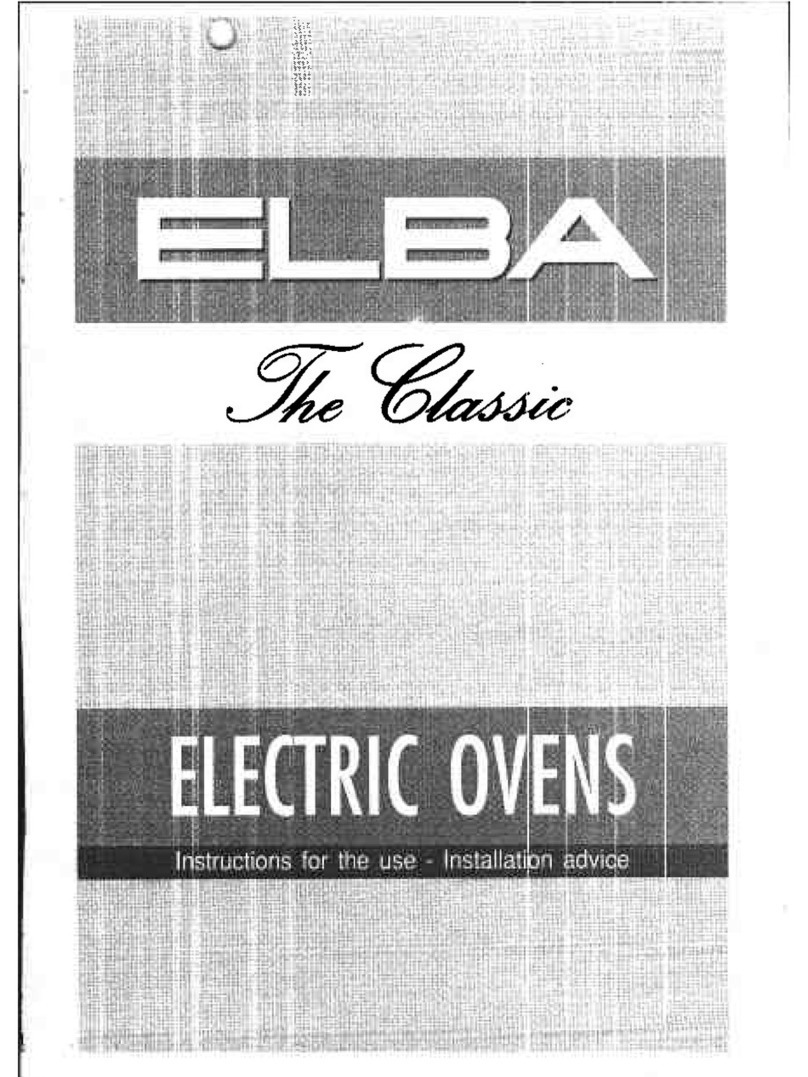Elba 9S DX 838 Installation and operating instructions
Other Elba Oven manuals
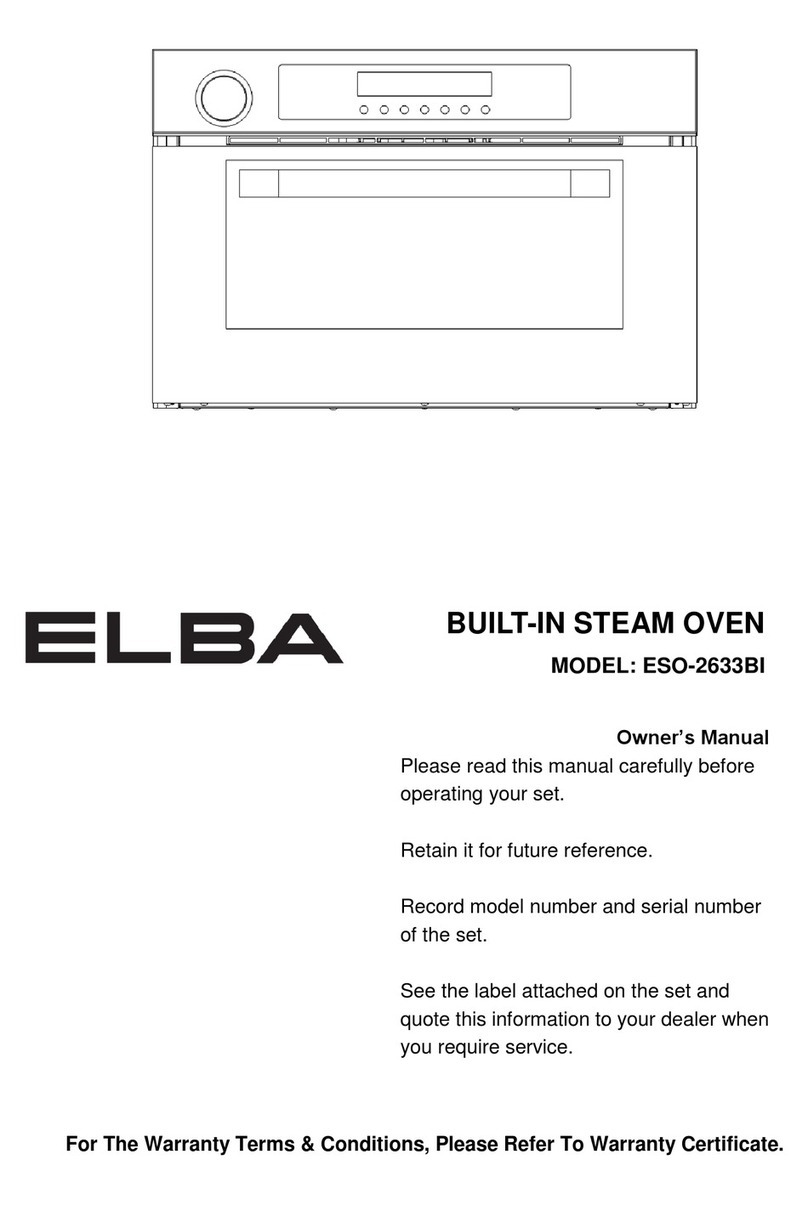
Elba
Elba ESO-2633BI User manual

Elba
Elba EL 731 Technical manual

Elba
Elba 6306110 Technical manual

Elba
Elba EO-4286 User manual

Elba
Elba EL 600 User manual
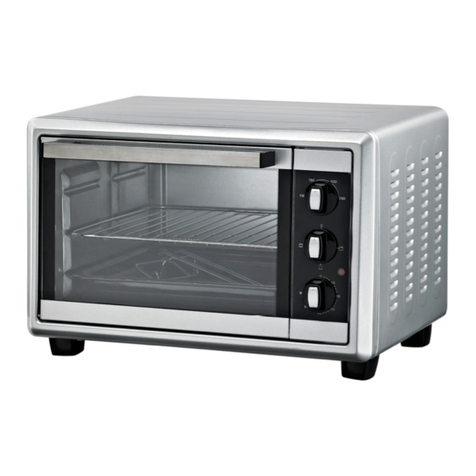
Elba
Elba EEO-A1713 User manual

Elba
Elba OB60 Series User manual
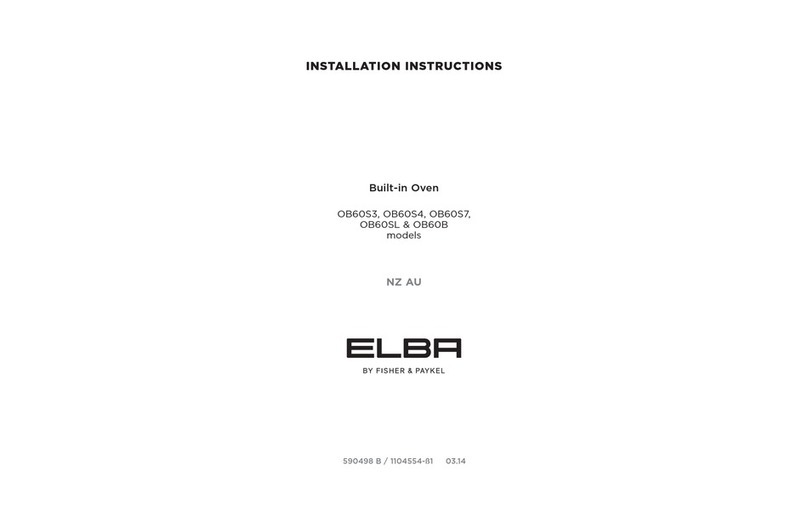
Elba
Elba OB60S3 User manual
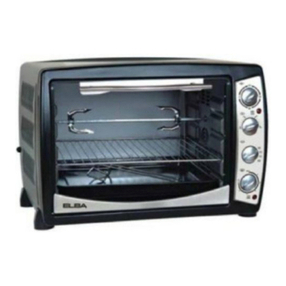
Elba
Elba EO-5086 User manual
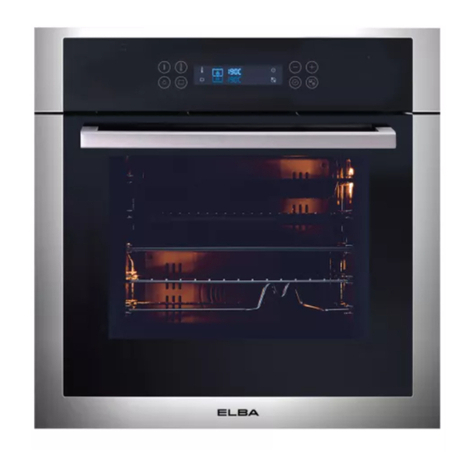
Elba
Elba ESPERTO EBO-F7018TW(SS) User manual
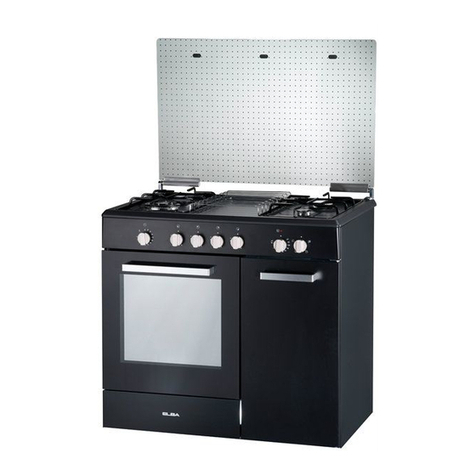
Elba
Elba EGC-C9783E(SS) User manual
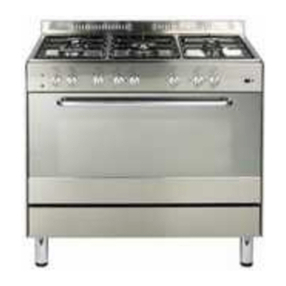
Elba
Elba C 96 DF Installation and operating instructions
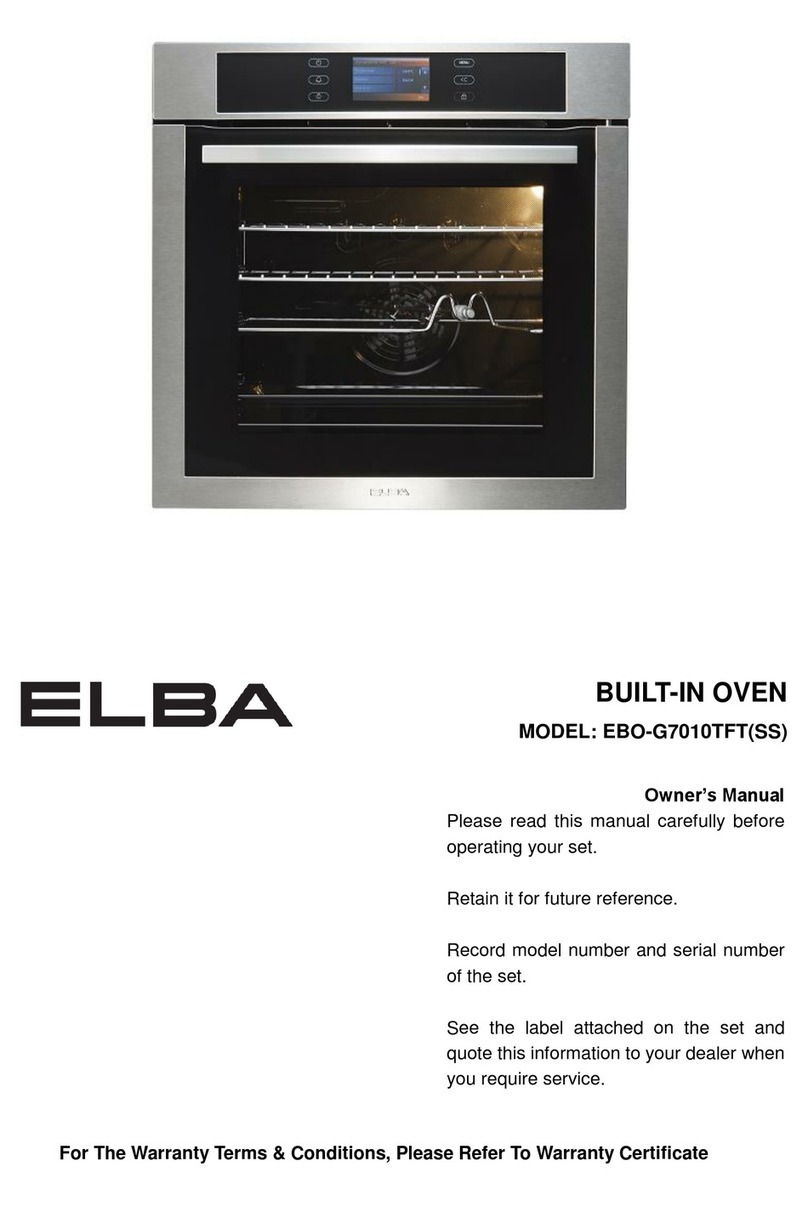
Elba
Elba EBO-G7010TFT User manual
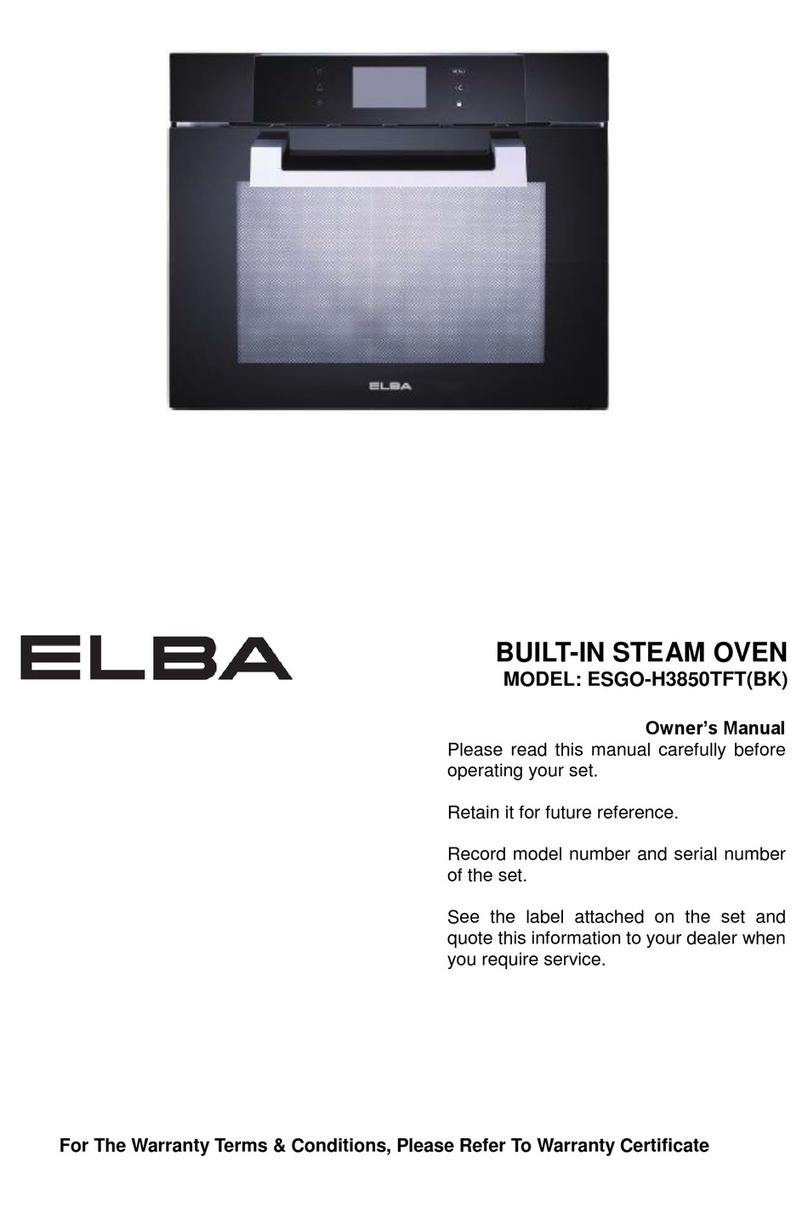
Elba
Elba ESGO-H3850TFT(BK) User manual

Elba
Elba EEO-G1029 User manual
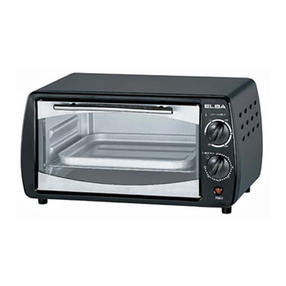
Elba
Elba EOT-0988 User manual
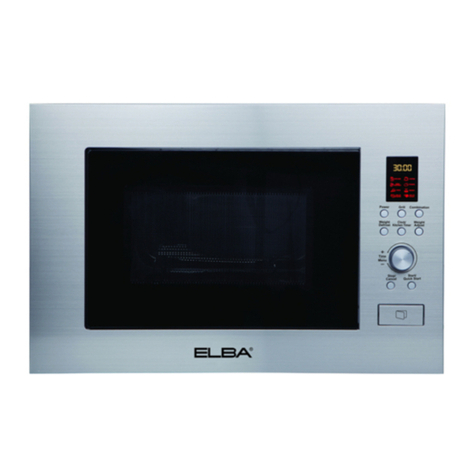
Elba
Elba IGM-25A-60 User manual
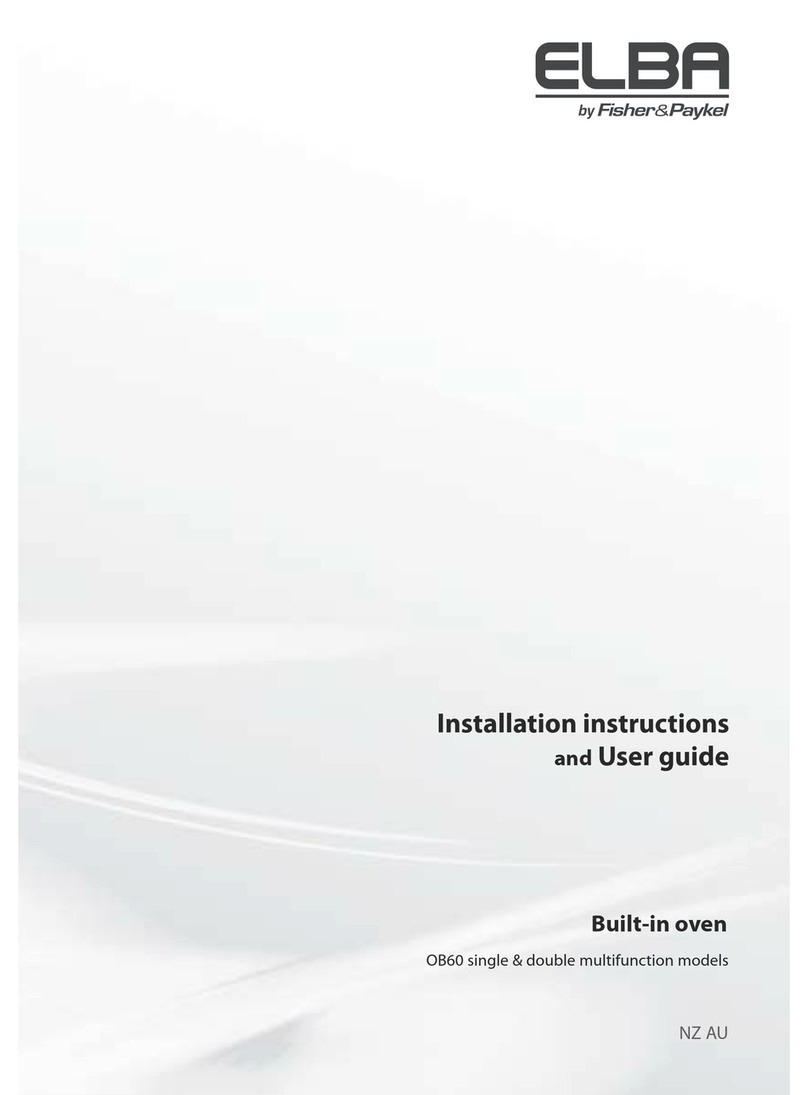
Elba
Elba OB60 Series Mounting instructions

Elba
Elba 140-G94 Technical manual
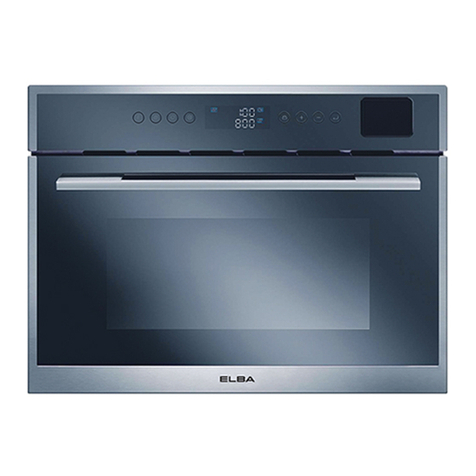
Elba
Elba ESMO-C3582ST User manual
Popular Oven manuals by other brands

Brandt
Brandt FC 222 user manual

aumate
aumate TOA20M04N-1E instruction manual

Maytag
Maytag CWE4100AC - 24" Single Electric Wall Oven Dimension Guide

Kernau
Kernau KBO 1076 S PT B instruction manual

Bosch
Bosch HB 37 N Series User manual and installation instructions

Electrolux
Electrolux EOD5420AA user manual

